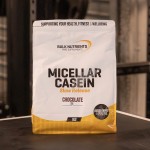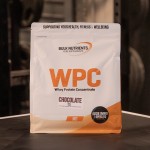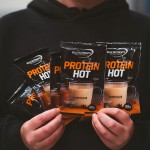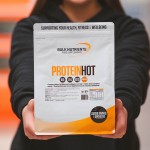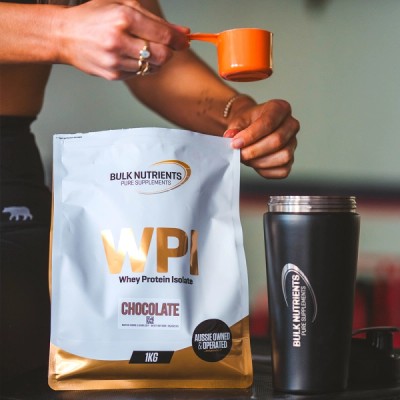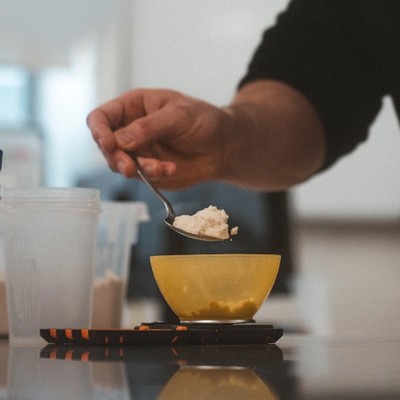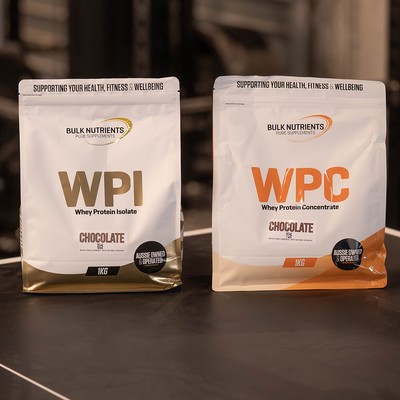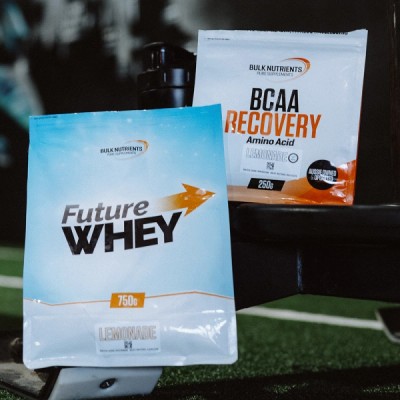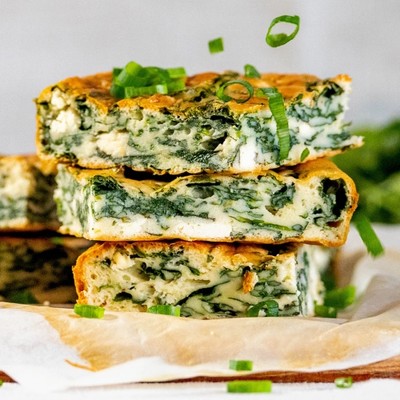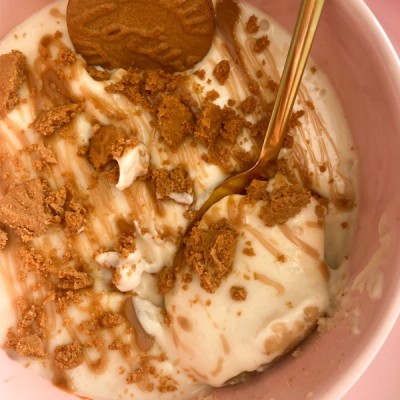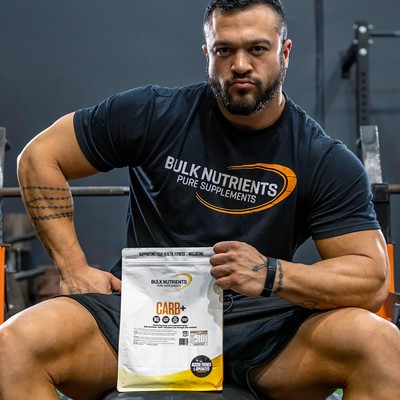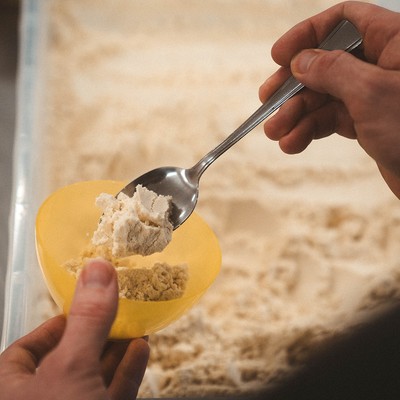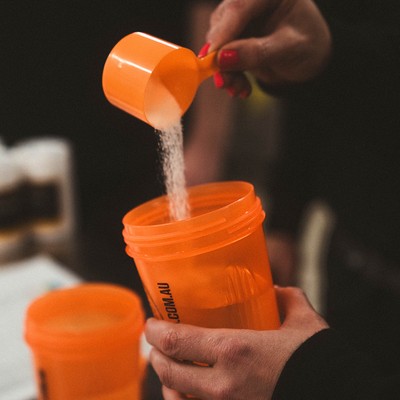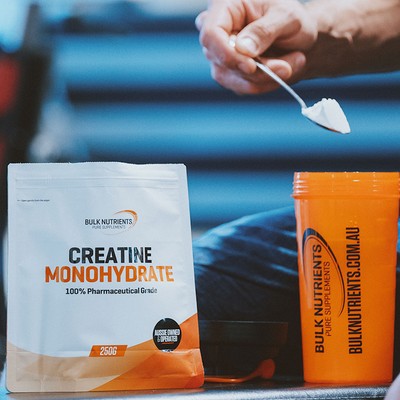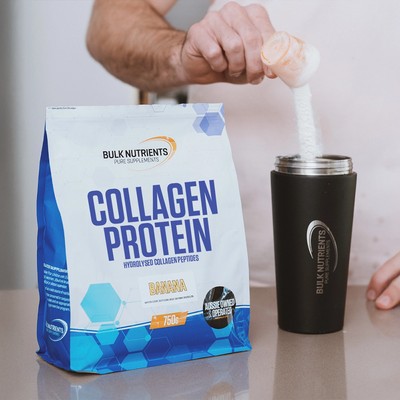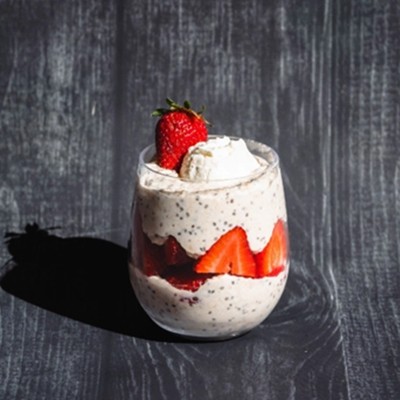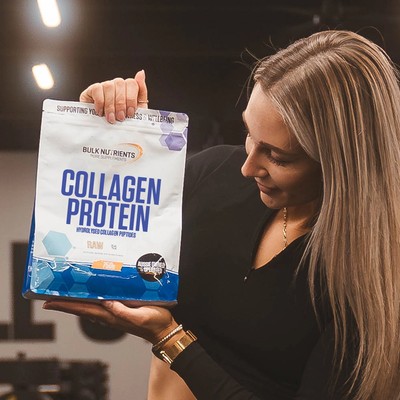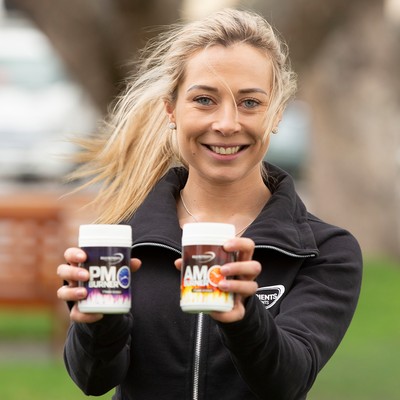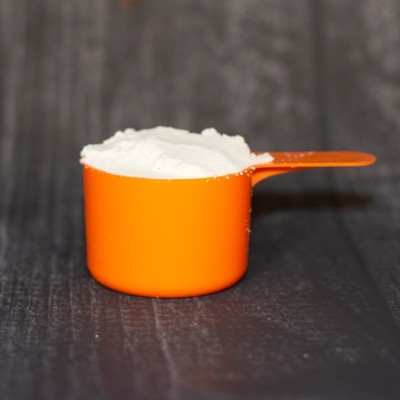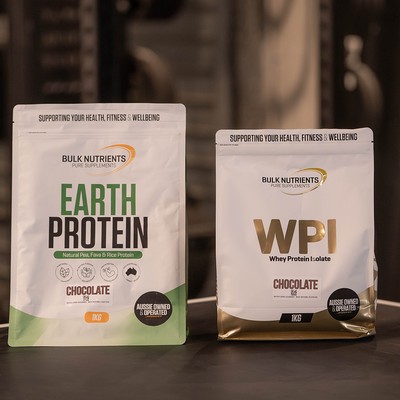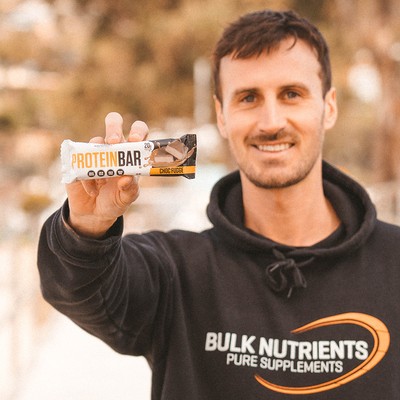Healthy Cooking Tricks

Soaking dried fruits and nuts overnight
The reason we pre-soak any dried fruit and nuts is to soften them and therefore make them easier to blend.
If you blend hard dried fruit and roasted nuts you will often get a crunchy base, whereas soft fruit and nuts will make a smooth and creamy paste.
The step of soaking is probably more important when using harder nuts such as almonds and cashews than it is for softer nuts like macadamias. You can often get away with bypassing this step for softer dried fruits like apricots and Medjool dates.
You can omit to soak completely, however, expect to achieve either a coarser mix or a much longer processing time.
Nuts can be kept soaking and sealed for two days in the fridge before use. Ideally, however, they are best soaked overnight. If you don’t have time for this, you can speed up the process by soaking them in boiling water for two hours.
Remember, water will house bacteria so prolonged soaking in the heat isn’t ideal.
Why do we use raw nuts?
Raw nuts, particularly when soaked, tend to produce a much better result in terms of their creamy consistency once blended. As well as this, they are often better for you without being roasting and covered in oils and salt.
However, when nuts are simply being crushed and blended into things like protein balls, by all means, use roasted nuts as they add excellent flavour and texture.
Our tip: Dry roast nuts yourself. Then you know what’s on them and you can roast them as you require them.
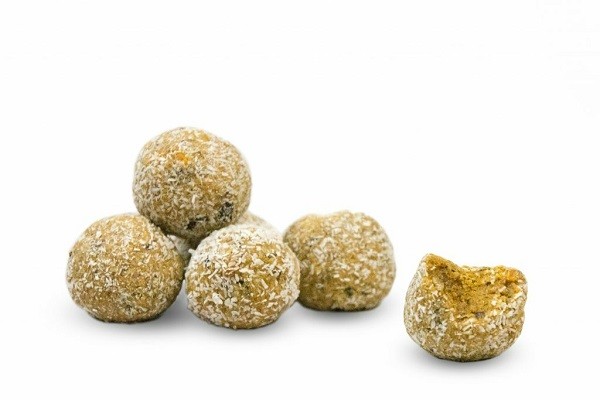
Using the ‘thick’ component of coconut cream
We generally use coconut cream as an alternative to dairy cream for things like our Caramel Latte Cake or Jelly Slice. The chunky component of the coconut cream, therefore, provides the added benefit of thickening, which is what we want to achieve out of a filling in a cake. Without this, the filling would be more like a sloppy smoothie.
When making smoothies, smoothie bowls or frozen desserts, standard coconut milk works best.
Our tip: To get the best of the thick coconut cream, place the can in the fridge as soon as you get home from the supermarket or the night before you plan to use it. Do not shake it. Simply remove the lid and scrape off the top layer until you reach the liquid. Toss the liquid or reserve for a smoothie later. Remember not to store cans once opened. Transfer contents to another container to store the leftovers.
Using a blend of coconut oil and water instead of either individually
Coconut oil is a solid at room temperature. But it also has a very low melting point, so it’s easy to work with.
We sometimes blend water and coconut oil if we want to create a soft protein ball that keeps its shape but doesn’t break your teeth. Coconut oil, in its solid form, is very easy to crack and break away at. So if you use just coconut oil, you may find your protein balls are a bit crumbly and dry. This is simply the coconut oil in its firm set form.
Nutritionally, you will also have lower calories from a blend than if you use just coconut oil. If you want to use just water to further lower calories, go for it. You may just need to make some slight adjustments to the recipe to create the same texture.
We use frozen fruits instead of fresh
This method comes into play more for smoothies and ice creams. Frozen fruits, once blended, are much creamier and thicker than their fresh friends. So they are a perfect thickener and taste great without having to add actual ice cream.
Our tip: Freeze bananas when they start to brown. Peel, chop and freeze in a snap-lock bag. Then they are ready to go. We find bananas very hard to peel if frozen in their skin.
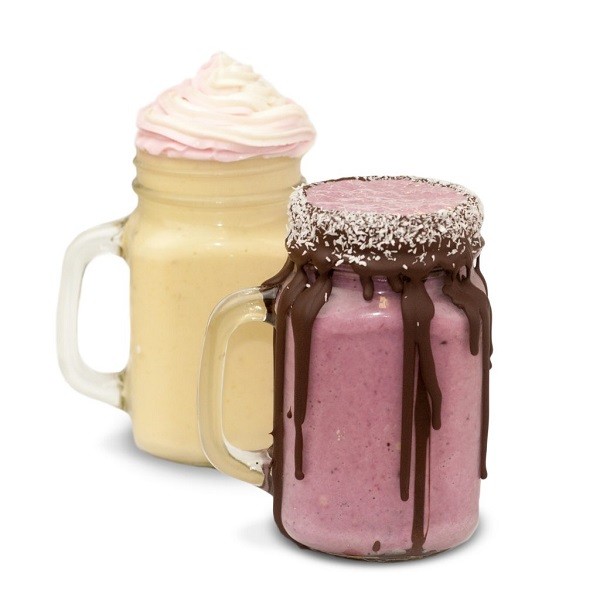
Micellar casein over standard whey protein
Milk is made up of two components: curds and whey. Casein protein can be micellar or milk protein and whey protein can be isolated or concentrate. Micellar casein is much finer in its consistency and becomes much thicker once mixed. It acts as flour.
So we often use micellar for its thickening benefits in recipes. For example, we use micellar casein in icings, creams and smoothies as it creates a thick and pipe-able consistency that is not achieved with whey.
Whey protein can also be split between WPI and WPC with the only real difference being their nutritional breakdown, rather than the way they act in a recipe.
We mix our protein with cold water first (like in our Protein Hot)
When you add boiling water directly to your whey protein you curdle it and this can’t be fixed.
So much like our Protein Hot directions, we recommend adding cold tap water to the protein first and then mixing it to a paste before adding boiling water.
The same method applies if you are using protein in savoury recipes. Treat Pea protein in cooking the same way as you would treat cornflour in soups or sauces. If you add it straight into a soup, it will curdle. So mix it with cold tap water first and then incorporate it in. It also helps to prevent clumping and the heat works much better with this application.
Have you seen any other cooking notes, tricks or tips that you don’t understand? Let us know! We’re always happy to further your development in baking with our Bulk Nutrients products.

Formerly working as part of Bulk Nutrients R&D team for many years, Nicole Frain is a food scientist, personal trainer and a professional international cyclist.
She's applied her learnings at the national stage for bodybuilding, and has several qualifications in Food Science, Nutrition and Business!
More about Nicole Frain